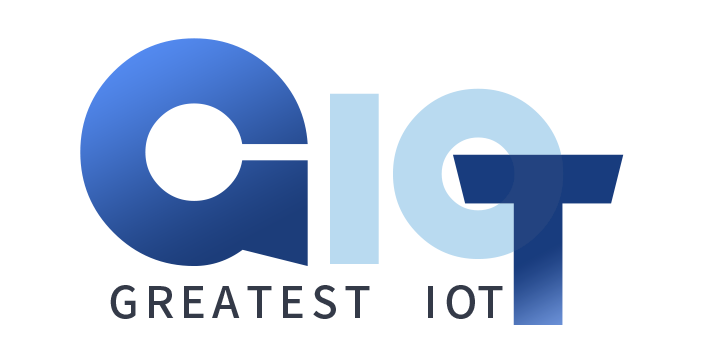Introduction: Releasing the Power of UHF Tags
Ultra High Frequency (UHF) tags are becoming more and more common in different sectors due to their amazing functionality and benefits compared to other types of Radio Frequency Identification (RFID) tags. In this post, we will explain what UHF tags are, how they work as well as why they have been a game changer for logistics, retail and inventory management among others.
What exactly are UHF Tags?
UHF tags operate on a frequency band between 860-960 MHz which enables them send data over long distance unlike their High-Frequency (HF) counterparts. These tags can be active or passive or battery-assisted passive (BAP), each designed for specific applications and environments.
Benefits of Using UHF Tags
One major advantage offered by UHF tag technology is its read range that can go beyond 10m under optimum conditions. Such capability makes it suitable for tracking items within large warehouses or monitoring assets across wide spaces. Moreover, these tags read faster and can process multiple tag reads at once thus increasing efficiency in high throughput operations.
Applications where UHF Tags Can be Used
The use cases for this type of radio frequency identification device are endless. They’re widely employed in supply chain management where they track goods from manufacturers up to retailers thereby enabling better inventory control while reducing cases of lost or stolen merchandise. Additionally, healthcare industry utilizes these devices to keep an eye on equipment and monitor patients’ movements whereas automotive sector employs them in order to streamline manufacturing processes as well as ensure parts traceability.
Challenges Associated with Implementing UHF Tag Systems
Nevertheless, there are several challenges that come with adopting UHF tag systems. Environmental interference, material blockage and need for precise antenna design may affect performance of these systems. Furthermore, integrating such technology into existing infrastructures demands proper planning along with investment into compatible hardware and software components.
Prospects for UHF Tag Technology in Future
The future looks bright for UHF tags as technology continues advancing. Miniaturization breakthroughs, energy harvesting innovations and cost cutting measures are among factors that will make these devices even more versatile than before. Smarter integration with Internet of Things (IoT) gadgets coupled with advanced analytics software is expected to improve decision making process based on UHF tag data for businesses.
Conclusion: The Pervasive Nature of UHF Tags
UHF tags have demonstrated their value through provision of real-time information to enterprises thus enhancing operational efficiency. It is evident that with further developments, this technology will increasingly become central in managing complex systems besides fostering creativity across different industries. In fact, integration of UHF tag technologies is not just fashionable but also a necessary move for any company wishing to remain competitive within today’s digitally driven marketplace.

Copyright © ©Copyright 2024 Greatest IoT Technology Co., Ltd all rights reserved - Privacy policy